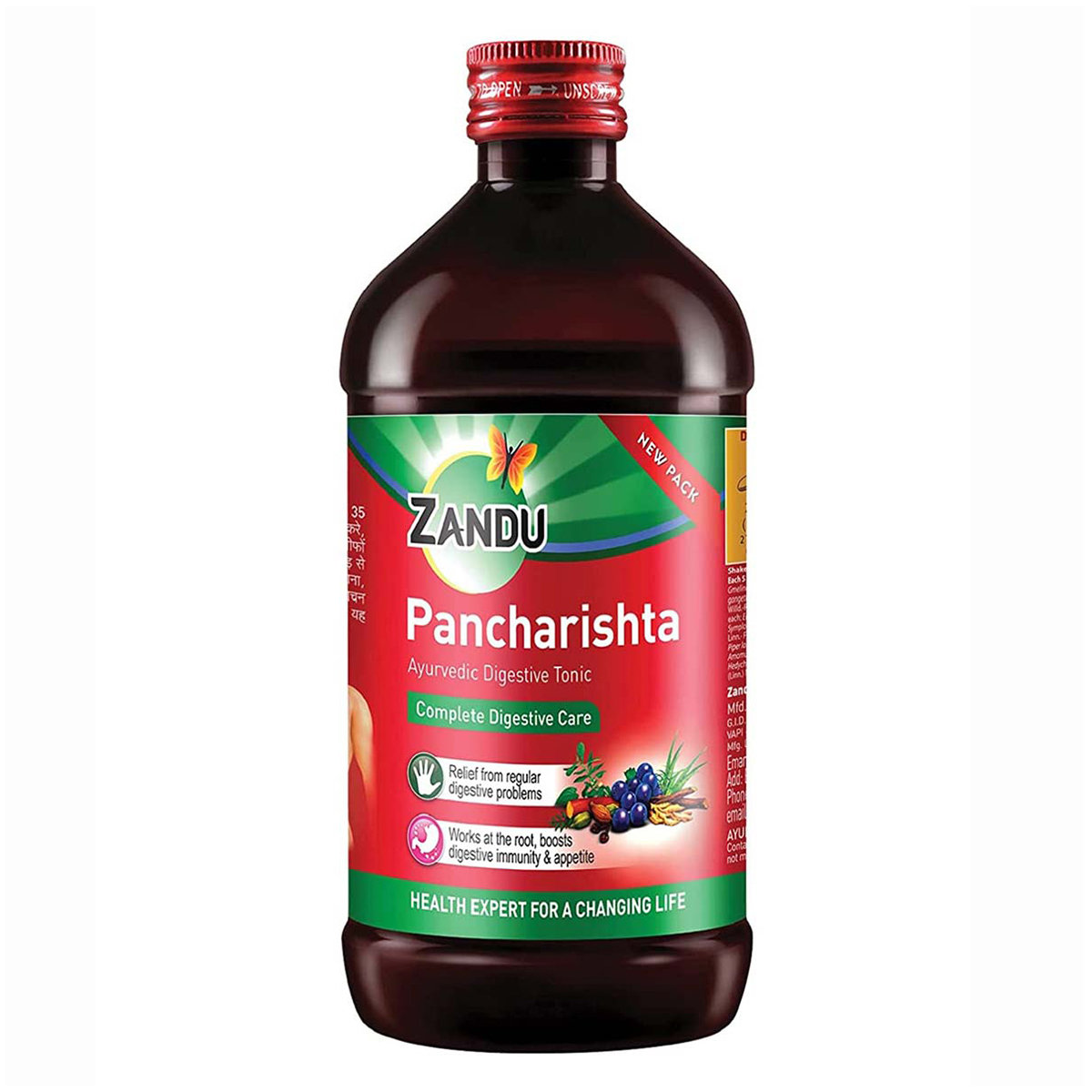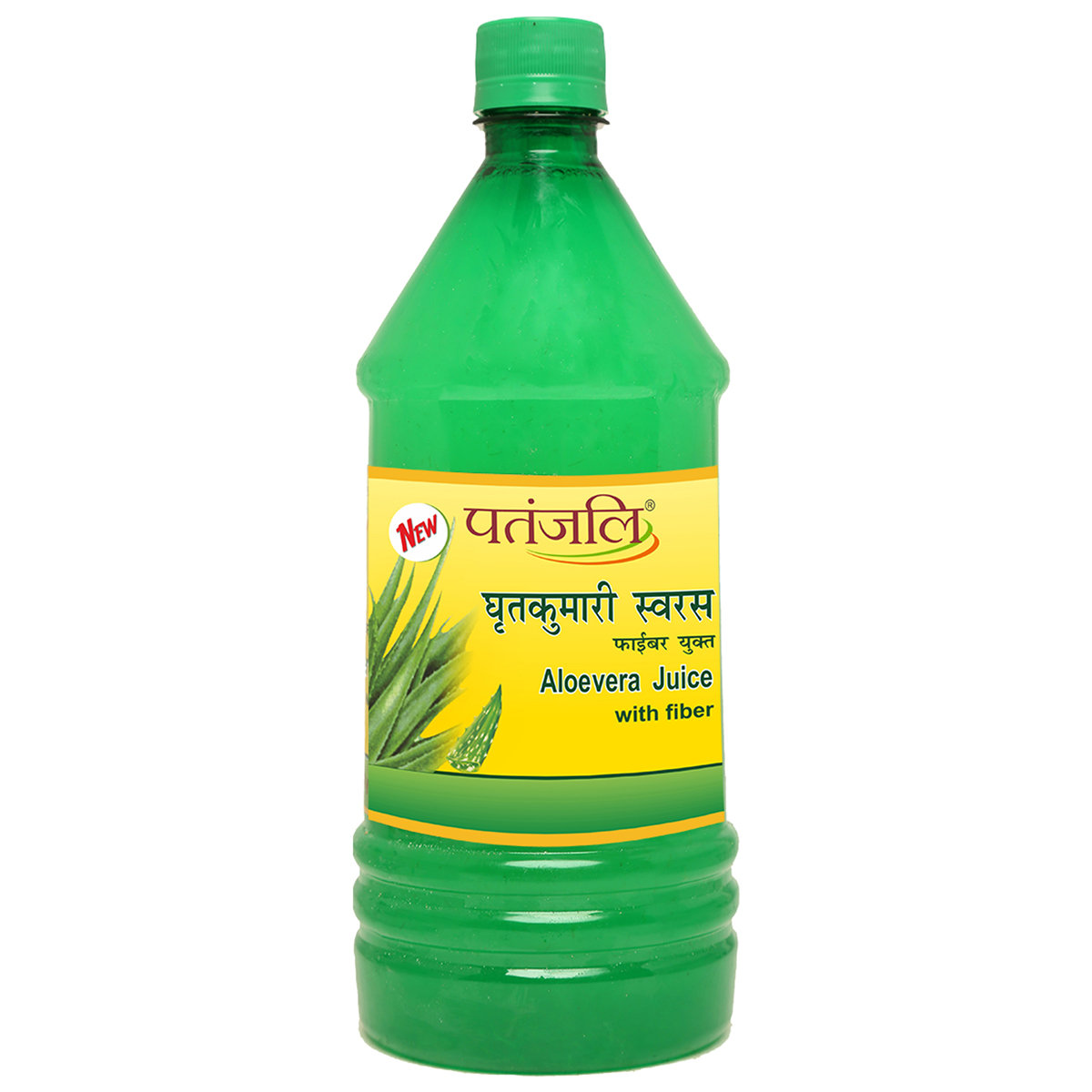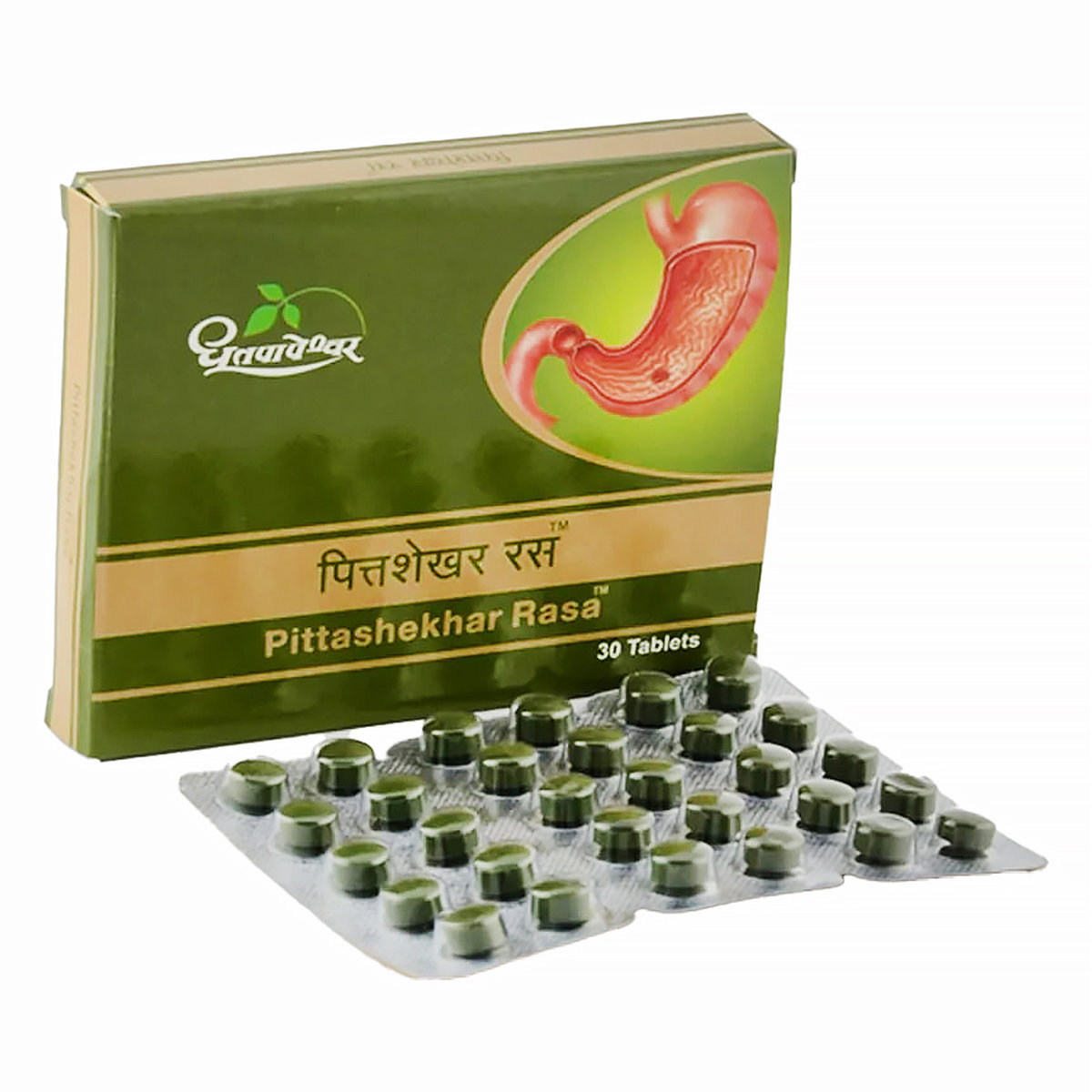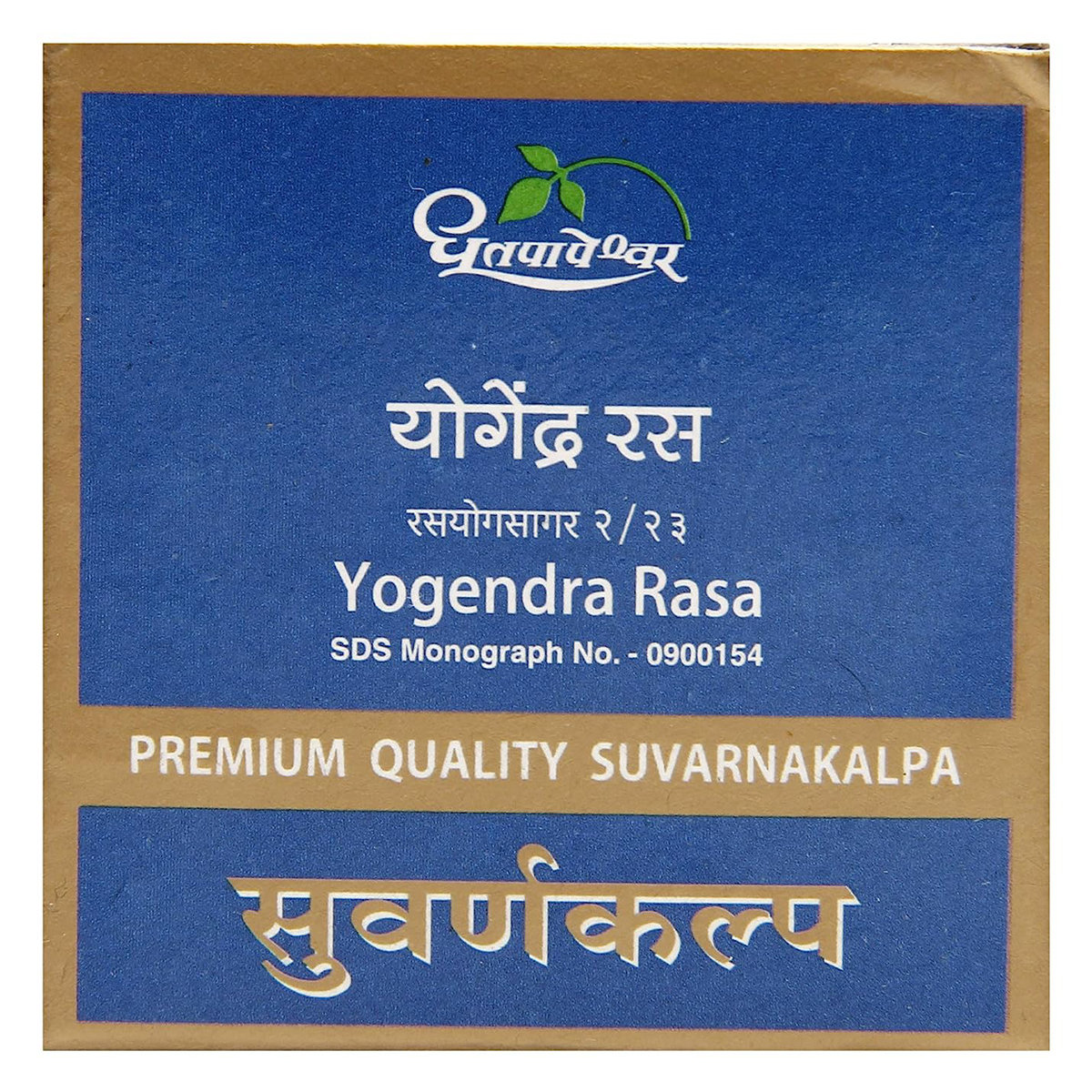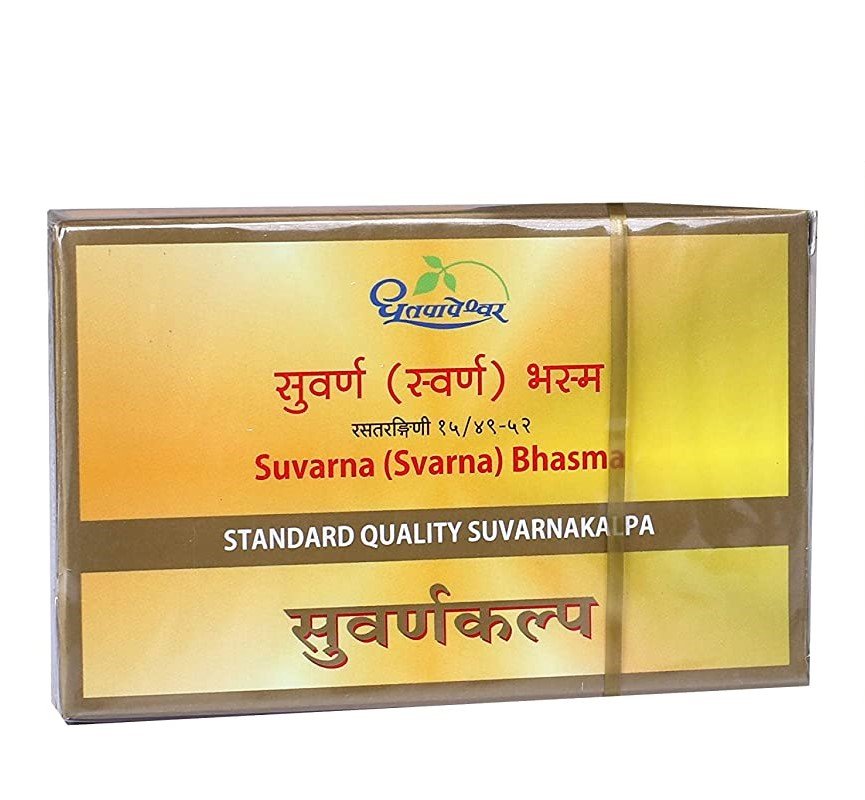NOR TZ TABLET

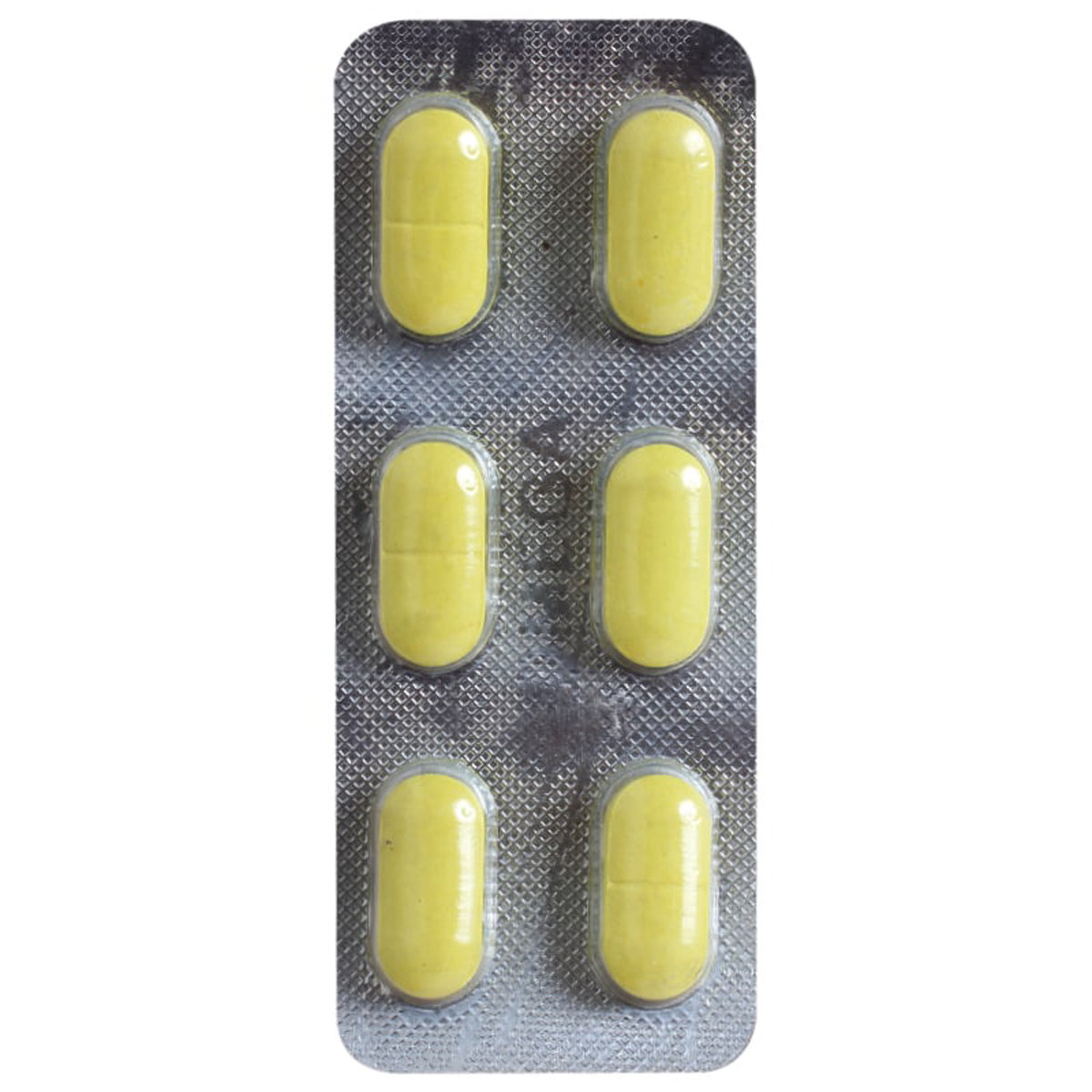
MRP ₹39
(Inclusive of all Taxes)
₹5.8 Cashback (15%)
know your delivery time
Provide Delivery Location
Composition :
Manufacturer/Marketer :
Consume Type :
Expires on or after :
Return Policy :

Secure Payment

Trusted by 8 Crore Indians

Genuine Products
Therapeutic Class
Country of origin
Manufacturer/Marketer address
Author Details
We provide you with authentic, trustworthy and relevant information
Disclaimer
Alcohol
Safe if prescribed
Avoid consuming alcohol while taking NOR TZ TABLET as it may cause increased dizziness.
Pregnancy
Consult your doctor
Avoid taking NOR TZ TABLET if you are pregnant. Please consult your doctor if you have any concerns regarding this.
Breast Feeding
Consult your doctor
Avoid taking NOR TZ TABLET if you are breastfeeding. Please consult your doctor if you have any concerns regarding this.
Driving
Safe if prescribed
NOR TZ TABLET may cause dizziness and vision problems. So, drive only if you are alert.
Liver
Consult your doctor
Dose adjustment may be needed. Please consult your doctor before taking NOR TZ TABLET if you have liver impairment/liver disease before taking NOR TZ TABLET.
Kidney
Consult your doctor
Dose adjustment may be needed. Please consult your doctor if you have any concerns regarding this or if you have kidney impairment/kidney disease before taking NOR TZ TABLET.
Children
Safe if prescribed
NOR TZ TABLET should not be given to children below 18 years as safety and effectiveness have not been established.
About NOR TZ TABLET
NOR TZ TABLET belongs to the group of medicines called antibiotics used to treat diarrhoea and dysentery of bacterial, amoebic or mixed origins. Diarrhoea is a condition which is characterized by loose and watery stools. Dysentery is an inflammation of intestines accompanied by bloody diarrhoea.
NOR TZ TABLET is a combination of three drugs, namely: Norfloxacin, Tinidazole, and Lactobacillus. Norfloxacin prevents the bacteria from repairing and reproducing themselves. Tinidazole kills the bacteria by damaging their DNA. Lactobacillus helps balance the number of beneficial bacteria in the digestive tract (gut) to manage water loss (diarrhoea) due to antibiotics or infections.
You can take NOR TZ TABLET with or without food. Swallow NOR TZ TABLET as a whole; do not crush or chew it. In some cases, NOR TZ TABLET may cause certain common side-effects such as abdominal cramps, nausea, headache, dry mouth, and dizziness. Most of these side-effects do not require medical attention and will resolve gradually over time. However, you are advised to talk to your doctor if you experience these side-effects persistently.
Consult your doctor if you experience pain in tendons, swelling, and inflammation as NOR TZ TABLET is associated with an increased risk of tendon rupture and tendonitis. Maintain a minimum gap of two hours between NOR TZ TABLET and antacid, vitamin and mineral medicines containing zinc and iron. Consult your doctor if you are pregnant or breastfeeding. NOR TZ TABLET may cause dizziness and vision problems, so be cautious while driving.
Uses of NOR TZ TABLET
Medicinal Benefits Mweb
Key Benefits
NOR TZ TABLET belongs to the group of medicines called antibiotics used to treat diarrhoea and dysentery of bacterial, amoebic or mixed origins. NOR TZ TABLET is a combination of three drugs, namely: Norfloxacin, Tinidazole, and Lactobacillus. Norfloxacin prevents the bacteria from repairing and reproducing themselves. Tinidazole kills bacteria by damaging their DNA. Due to antibiotic intake, a large amount of beneficial bacteria gets destroyed, so Lactobacillus helps in balancing the number of beneficial bacteria in the digestive tract (gut) to manage water loss (diarrhoea) due to antibiotics or infections. Lactobacillus also helps in the treatment of diarrhoea (water loss) and cramps caused due to harmful E. Coli bacteria. NOR TZ TABLET is a broad-spectrum antibiotic which is effective against a wide range of gram-positive and gram-negative bacteria.
Directions for Use
Side Effects of NOR TZ TABLET
- Abdominal cramps
- Nausea
- Headache
- Dry mouth
- Dizziness
Drug Warnings
Do not take NOR TZ TABLET if you are allergic to any of its contents; if you had swelling or tearing of tendons while taking quinolone antibiotics. NOR TZ TABLET is associated with an increased risk of tendon rupture and tendonitis. Consult your doctor immediately if you experience tendon pain, swelling or inflammation while taking NOR TZ TABLET. Do not take NOR TZ TABLET if you have myasthenia gravis as it may cause increased muscle weakness. Talk to your doctor before taking NOR TZ TABLET if you have/had blood dyscrasia, peripheral neuropathy, heart, liver or kidney problems. Maintain a minimum gap of two hours between NOR TZ TABLET and antacid, vitamin and mineral medicines containing zinc and iron. Do not take NOR TZ TABLET if you are pregnant or breastfeeding. Avoid alcohol consumption while taking NOR TZ TABLET as it causes increased dizziness. NOR TZ TABLET may cause dizziness and vision problems, so be cautious while driving.
Drug-Drug Interactions
Drug-Drug Interactions
Login/Sign Up
Using bepridil together with Nor TZ Tablet can increase the risk of an irregular heart rhythm that may be serious.
How to manage the interaction:
Taking Nor TZ Tablet with Bepridil is not recommended, please consult your doctor before taking it. You should seek immediate medical attention if you develop sudden dizziness, lightheadedness, fainting, or a fast or pounding heartbeat. Do not stop using any medications without talking to a doctor.
The combination of Amiodarone and Nor TZ Tablet may significantly raise the risk of an abnormal heart rhythm.
How to manage the interaction:
Despite the fact that Amiodarone and Nor TZ Tablet interact, it can be taken if prescribed by a doctor. If you get dizziness, lightheadedness, fainting, or fast or racing heartbeats, consult a doctor. Do not stop taking any medications without visiting a doctor.
Coadministration of Nor TZ Tablet with Cisapride can increase the risk or severity of irregular heart rhythm.
How to manage the interaction:
Taking Nor TZ Tablet with Cisapride together can result in an interaction, it can be taken if your doctor has advised it. However, contact a doctor immediately if you experience sudden dizziness, lightheadedness, fainting, shortness of breath, chest pain or tightness, rapid heartbeat, or memory loss. Do not discontinue any medications without consulting a doctor.
Coadministration of Nor TZ Tablet with Disopyramide can increase the risk of irregular heart rhythm.
How to manage the interaction:
Taking Nor TZ Tablet with Disopyramide together can result in an interaction, it can be taken if your doctor has advised it. However, contact a doctor immediately if you experience sudden dizziness, lightheadedness, fainting, shortness of breath, chest pain or tightness, rapid heartbeat, or memory loss. Do not discontinue any medications without consulting a doctor.
Using Mesoridazine together with Nor TZ Tablet can increase the risk of an irregular heart rhythm that may be serious.
How to manage the interaction:
Taking Mesoridazine with Nor TZ Tablet is not recommended, please consult your doctor before taking it. You should seek immediate medical attention if you develop sudden dizziness, lightheadedness, fainting, shortness of breath, or heart palpitations. Do not stop using any medications without talking to a doctor.
Coadministration of Nor TZ Tablet with Sotalol can increase the risk or severity of irregular heart rhythm.
How to manage the interaction:
Taking Nor TZ Tablet with Sotalol together is generally avoided as it can result in an interaction, it can be taken if a doctor has advised it. However, contact a doctor immediately if you experience sudden dizziness, lightheadedness, fainting, shortness of breath, chest pain or tightness, rapid heartbeat, or memory loss. Do not discontinue any medications without consulting a doctor.
Co-administration of Amprenavir and Nor TZ Tablet can increase the risk or severity of developing serious side effects.
How to manage the interaction:
Co-administration of Amprenavir and Nor TZ Tablet is generally avoided, as it can possibly result in an interaction, but it can be taken if your doctor has advised it. However, if you experience any symptoms like flushing, severe headache, difficulty breathing, nausea, vomiting, sweating, thirst, chest pain, rapid heartbeat, palpitation, excessive sweating, dizziness, lightheadedness, blurred vision, or confusion. Rarely, more severe reactions may include unconsciousness or convulsions, contact your doctor immediately. Do not discontinue any medications without consulting your doctor.
Coadministration of Nor TZ Tablet with Osimertinib can increase the risk or severity of irregular heart rhythm.
How to manage the interaction:
Taking Nor TZ Tablet with Osimertinib together can result in an interaction, it can be taken if your doctor has advised it. However, contact a doctor immediately if you experience sudden dizziness, lightheadedness, fainting, shortness of breath, chest pain or tightness, rapid heartbeat, or memory loss. Do not discontinue any medications without consulting a doctor.
Aminolaevulinic acid sensitizes skin to bright lights and combining it with Nor TZ Tablet may increase the risk of a severe photosensitivity (sunburn).
How to manage the interaction:
Although taking Nor TZ Tablet and Aminolaevulinic acid together can cause an interaction, it can be taken if your doctor has suggested it. If you notice that your skin is very sensitive to sunlight or if you have a really bad sunburn, it's important to contact a doctor right away. Do not stop using any medications without talking to a doctor.
Co-administration of Nor TZ Tablet may cause tendinitis (inflammation of the muscle to bone) and tendon rupture (injuries to the soft tissues that connect muscles and joints), and the risk may be increased when combined with Betamethasone.
How to manage the interaction:
Taking Nor TZ Tablet with Betamethasone together can result in an interaction, it can be taken if a doctor has advised it. However, if you experience Stiff joints or difficulty moving your joints, joint pains, Swelling, or skin discoloration, contact a doctor immediately. Do not discontinue any medications without consulting a doctor.
Drug-Food Interactions
Drug-Food Interactions
Login/Sign Up
Drug-Diseases Interactions
Drug-Diseases Interactions
Login/Sign Up
Drug-Drug Interactions Checker List
- ASPIRIN
- IBUPROFEN
- WARFARIN
- PROBENECID
- AZITHROMYCIN
- SULFAMETHOXAZOLE
- TRIMETHOPRIM
- METRONIDAZOLE
- NITROFURANTOIN
- ERYTHROMYCIN
- CALCIUM CARBONATE+CHOLECALCIFEROL
Habit Forming
Special Advise
- NOR TZ TABLET may cause changes in liver function tests and prothrombin time (time taken for blood clotting). Inform the person doing the tests that you are taking NOR TZ TABLET.
Diet & Lifestyle Advise
- Antibiotics can alter the useful bacteria in the stomach, which help indigestion. Therefore, you are advised to take foods rich in probiotics such as yoghurt/curd, kefir, sauerkraut, tempeh, kimchi, miso, kombucha, buttermilk, natto and cheese.
- Eat fibre-rich food like whole grains, beans, lentils, berries, broccoli, peas and bananas.
- Avoid foods rich in calcium, grapefruit and grapefruit juice as they might hinder the absorption of antibiotics.
- Avoid consumption of alcohol and usage of tobacco.

Have a query?
Buy best Gastro Enterology products by
Abbott India Ltd
Sun Pharmaceutical Industries Ltd
Alkem Laboratories Ltd
Cipla Ltd
Torrent Pharmaceuticals Ltd
Intas Pharmaceuticals Ltd
Mankind Pharma Pvt Ltd
Lupin Ltd
Dr Reddy's Laboratories Ltd
Aristo Pharmaceuticals Pvt Ltd
Alembic Pharmaceuticals Ltd
Wallace Pharmaceuticals Pvt Ltd
La Renon Healthcare Pvt Ltd
Leeford Healthcare Ltd
Macleods Pharmaceuticals Ltd
J B Chemicals & Pharmaceuticals Ltd
Zydus Healthcare Ltd
Micro Labs Ltd
Zydus Cadila
Fourrts India Laboratories Pvt Ltd
Morepen Laboratories Ltd
Zuventus Healthcare Ltd
FDC Ltd
Eris Life Sciences Ltd
Cadila Pharmaceuticals Ltd
Medishri Healthcare Pvt Ltd
Alniche Life Sciences Pvt Ltd
Medley Pharmaceuticals Ltd
Tas Med India Pvt Ltd
Signova Pharma
Tablets India Ltd
Elder Pharmaceuticals Ltd
Wockhardt Ltd
Emcure Pharmaceuticals Ltd
Sanatra Healthcare Ltd
Glenmark Pharmaceuticals Ltd
Blue Cross Laboratories Pvt Ltd
East West Pharma India Pvt Ltd
Hetero Drugs Ltd
Indoco Remedies Ltd
Vasu Organics Pvt Ltd
Biological E Ltd
Primus Remedies Pvt Ltd
Akumentis Healthcare Ltd
Corona Remedies Pvt Ltd
Pfizer Ltd
Albert David Ltd
DR Johns Lab Pharma Pvt Ltd
Ajanta Pharma Ltd
Cadila Healthcare Ltd
Ipca Laboratories Ltd
Ordain Health Care Global Pvt Ltd
Systopic Laboratories Pvt Ltd
Ozone Pharmaceuticals Ltd
Foregen Healthcare Ltd
Medgen Drugs And Laboratories Pvt Ltd
Panacea Biotec Ltd
Samarth Life Sciences Pvt Ltd
Shine Pharmaceuticals Ltd
Adonis Laboratories Pvt Ltd
Dey's Medical Stores (Mfg) Ltd
Eskag Pharma Pvt Ltd
Hetero Healthcare Pvt Ltd
Indchemie Health Specialities Pvt Ltd
Meyer Organics Pvt Ltd
RPG Life Sciences Ltd
Troikaa Pharmaceuticals Ltd
Biochem Pharmaceutical Industries Ltd
Shreya Life Sciences Pvt Ltd
Sinsan Pharmaceuticals Pvt Ltd
3M India Ltd
Chemo Healthcare Pvt Ltd
Levin Life Sciences Pvt Ltd
Meridian Enterprises Pvt Ltd
Overseas Health Care Pvt Ltd
Saf Fermion Ltd
Sanzyme Pvt Ltd
Steris Healthcare
USV Pvt Ltd
Seagull Pharmaceutical Pvt Ltd
Votary Laboratories (India) Ltd
Win Medicare Ltd
Yuventis Pharmaceuticals
Aar Ess Remedies Pvt Ltd
Caplet India Pvt Ltd
Piramal Enterprises Ltd
Sanofi India Ltd
Cnx Health Care Pvt Ltd
Galpha Laboratories Ltd
Intra Labs India Pvt Ltd
Kinesis Pharmaceuticals Pvt Ltd
Msn Laboratories Pvt Ltd
Olcare Laboratories Pvt Ltd
Rapross Pharmaceuticals Pvt Ltd
Ronyd Healthcare Pvt Ltd
Saffron Therapeutics Pvt Ltd
Solariz Healthcare Pvt Ltd
Syndicate Life Sciences Pvt Ltd
Aurz Pharmaceutical Pvt Ltd
Biophar Lifesciences Pvt Ltd
Customers Also Bought

_0.jpg?tr=q-85)




